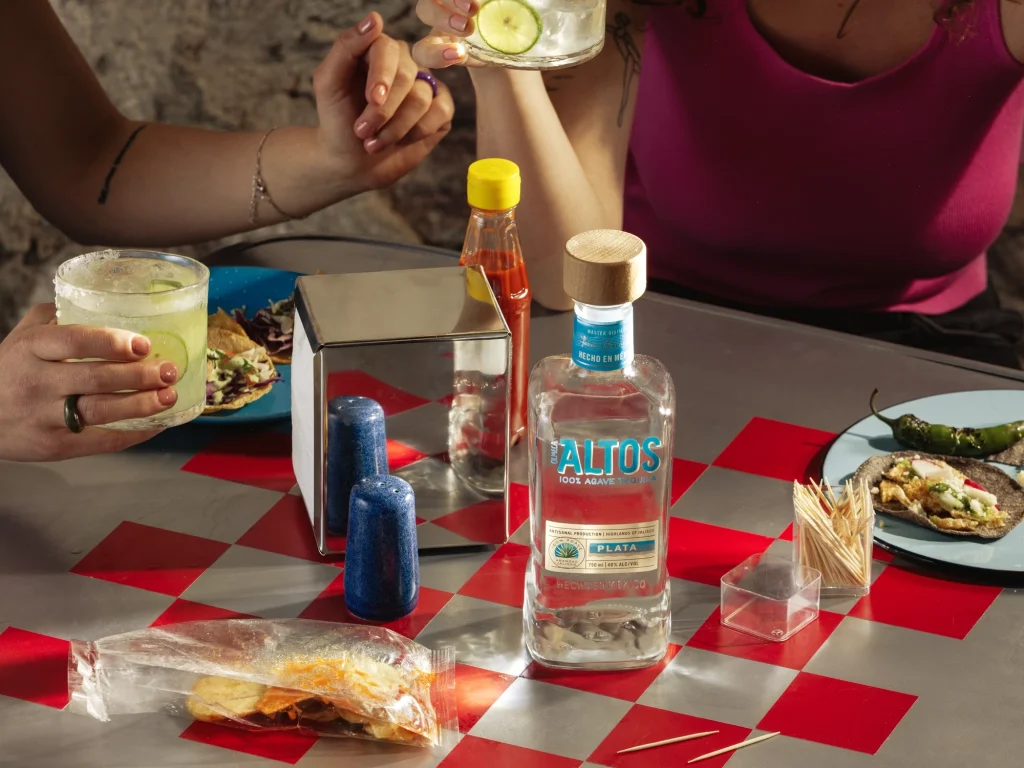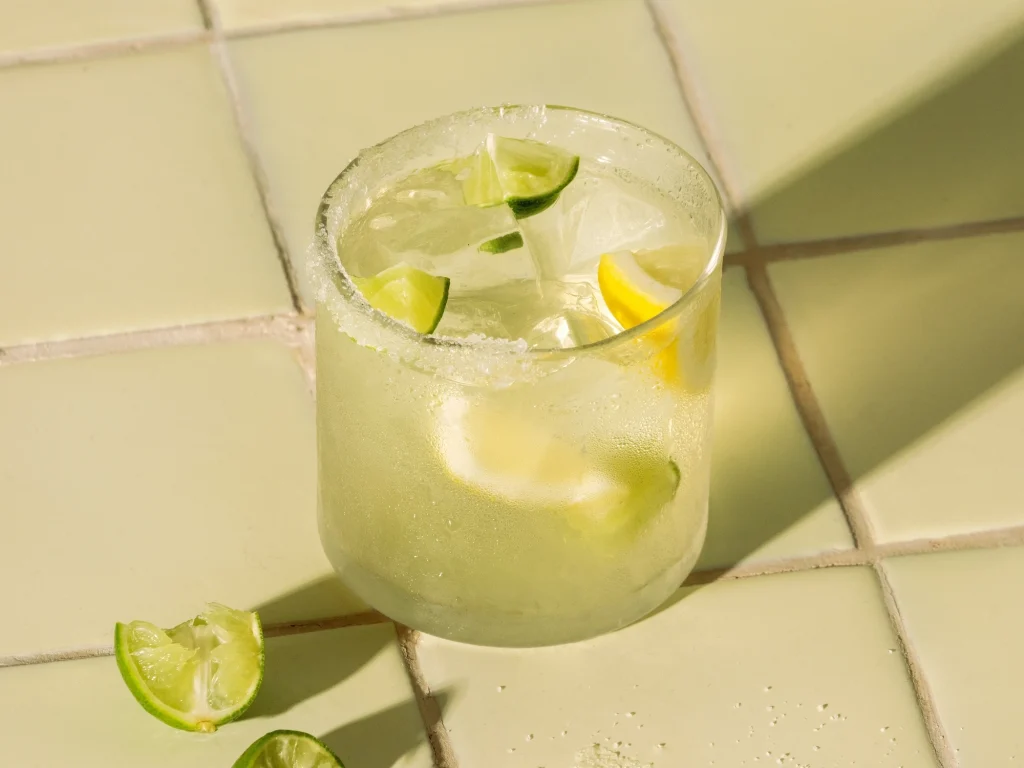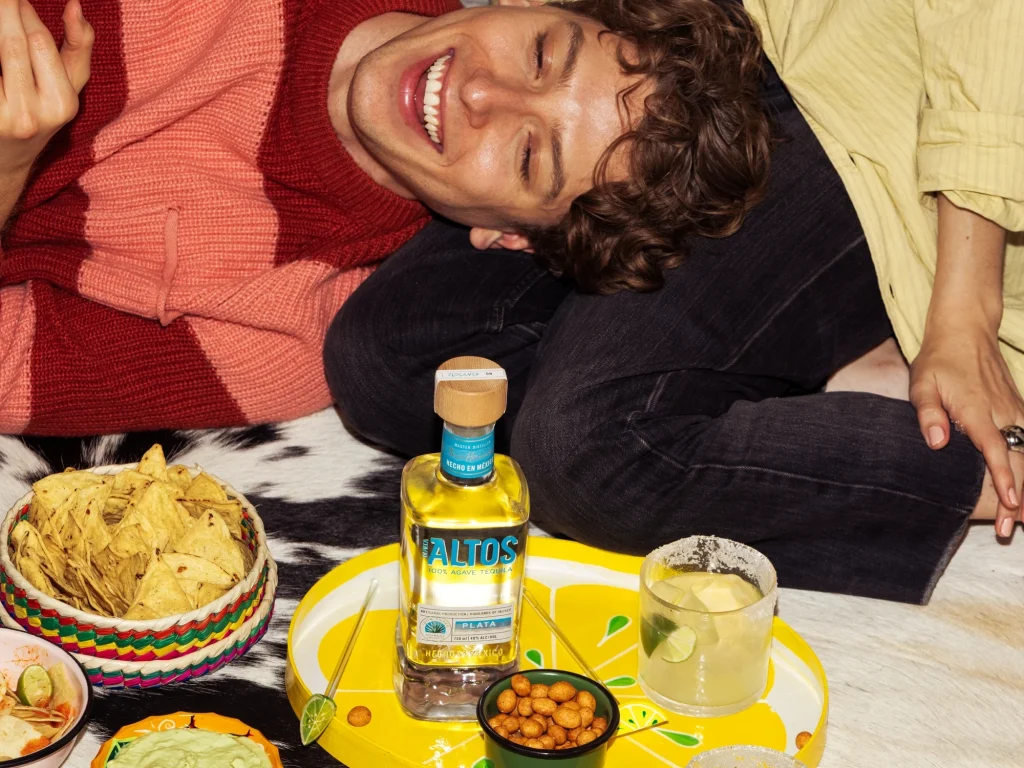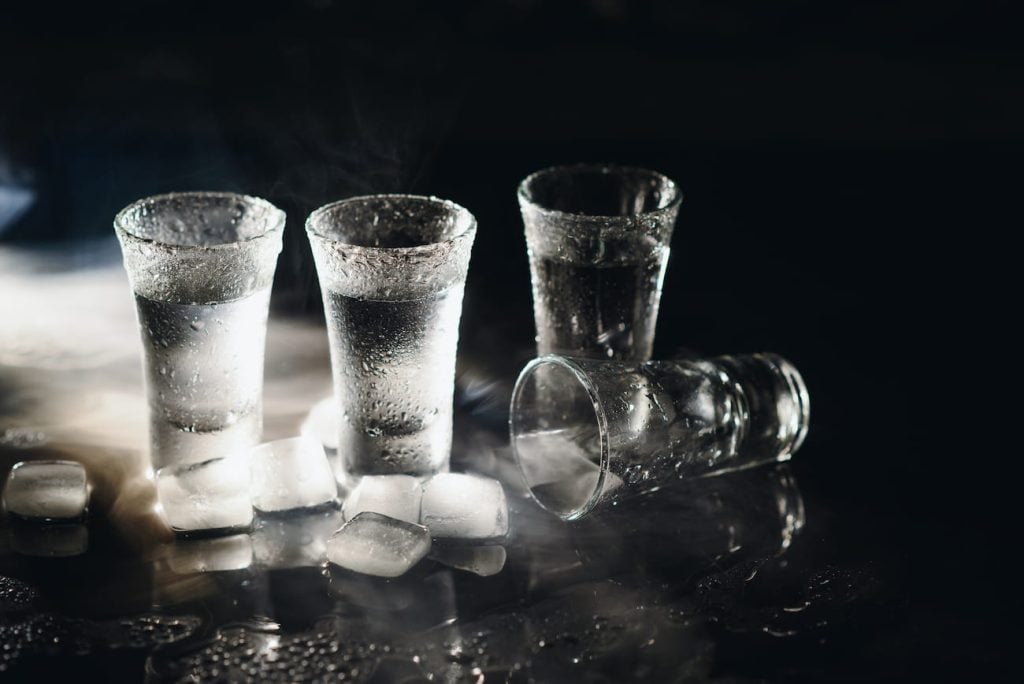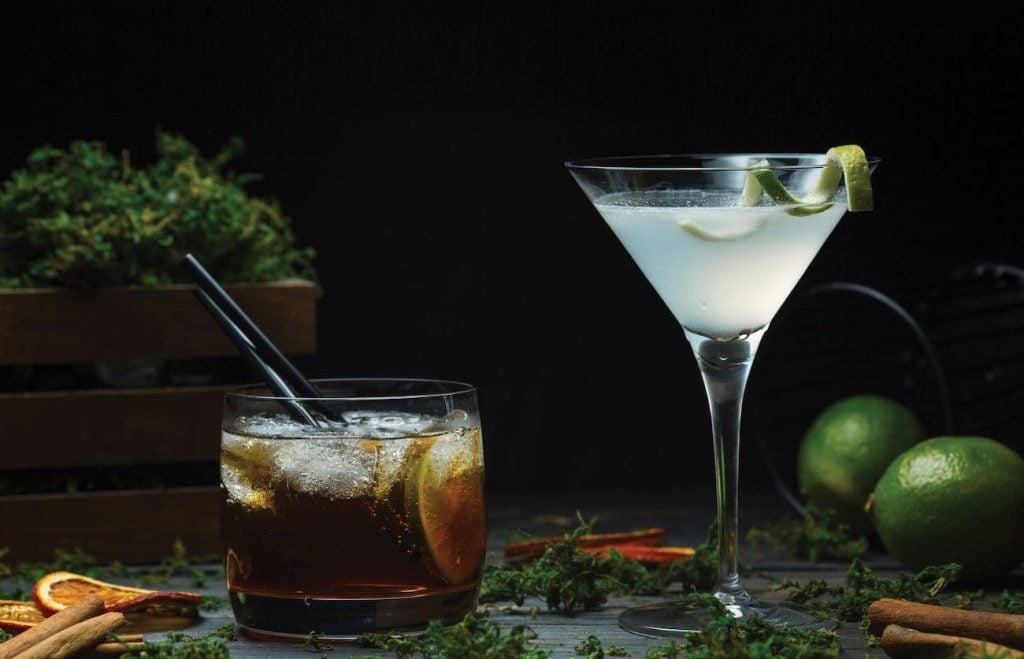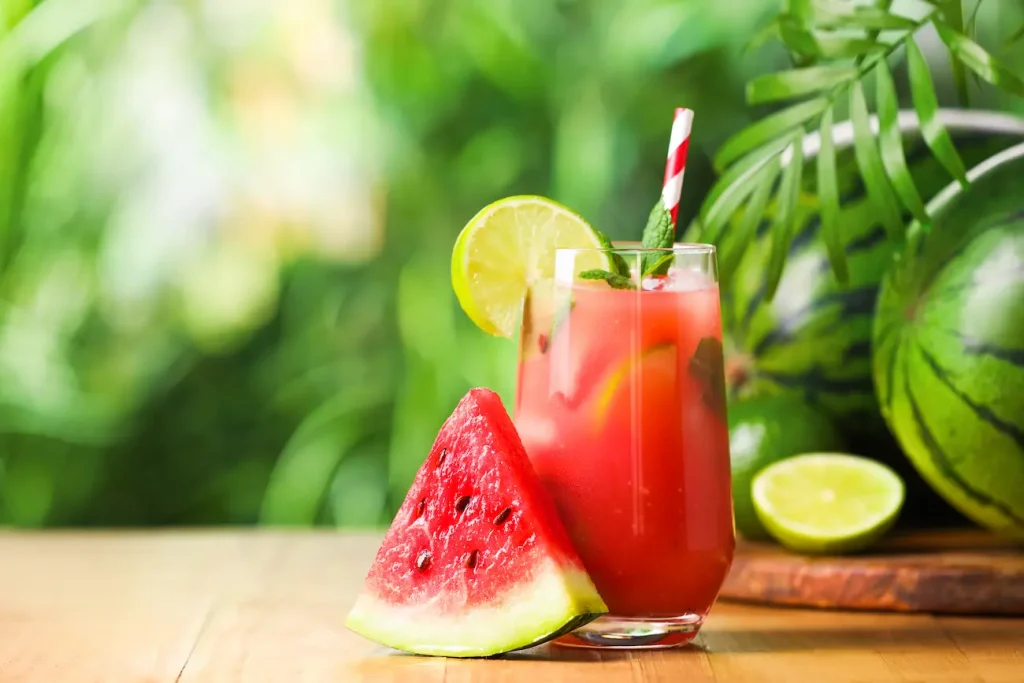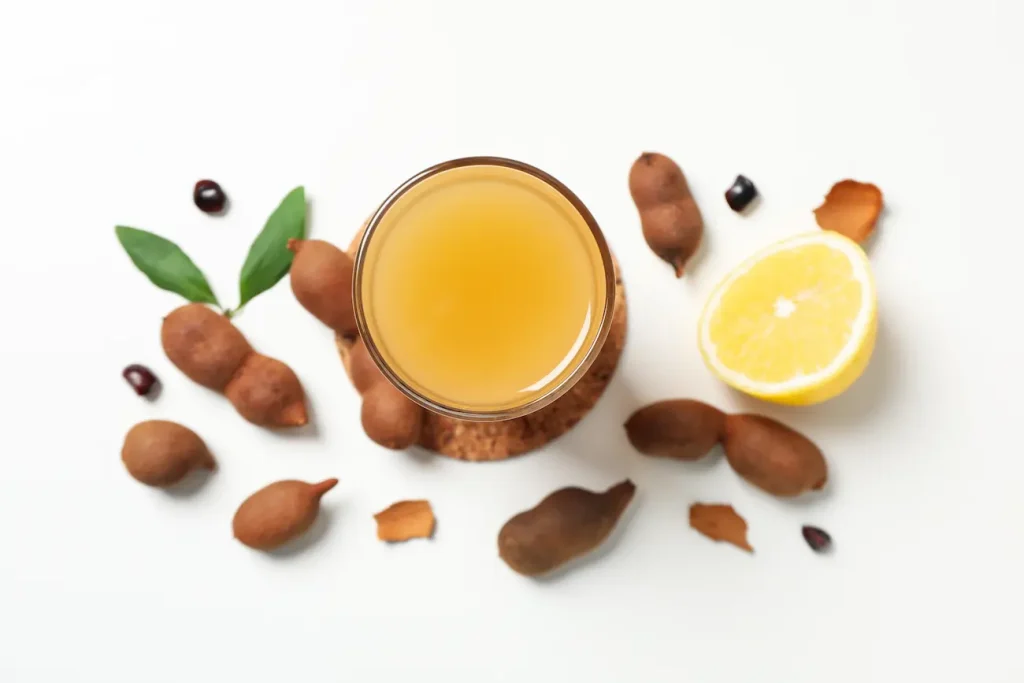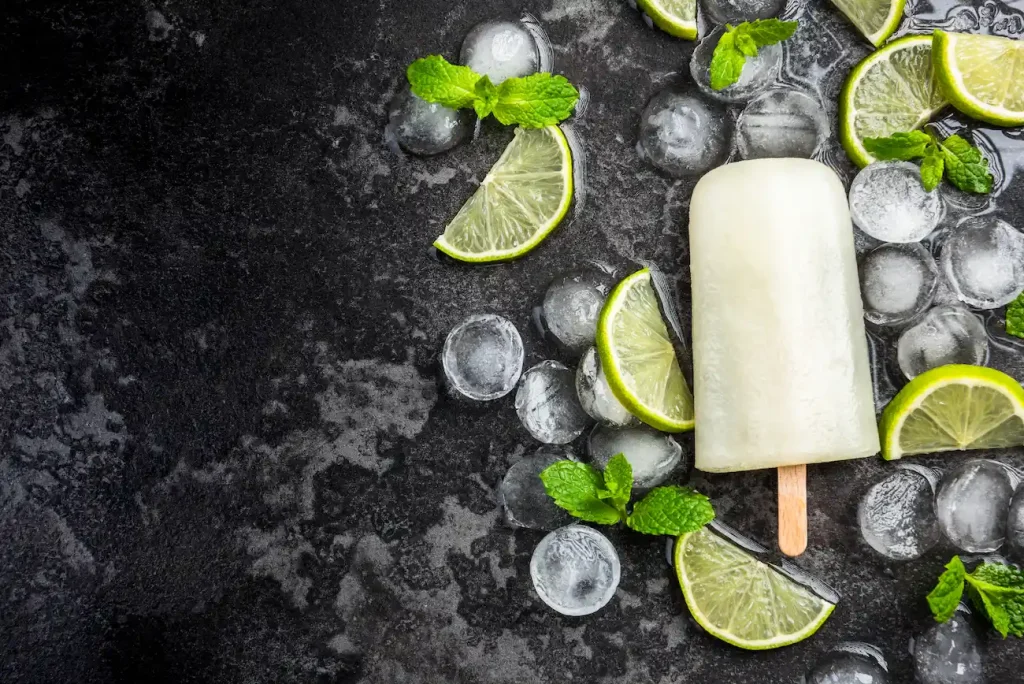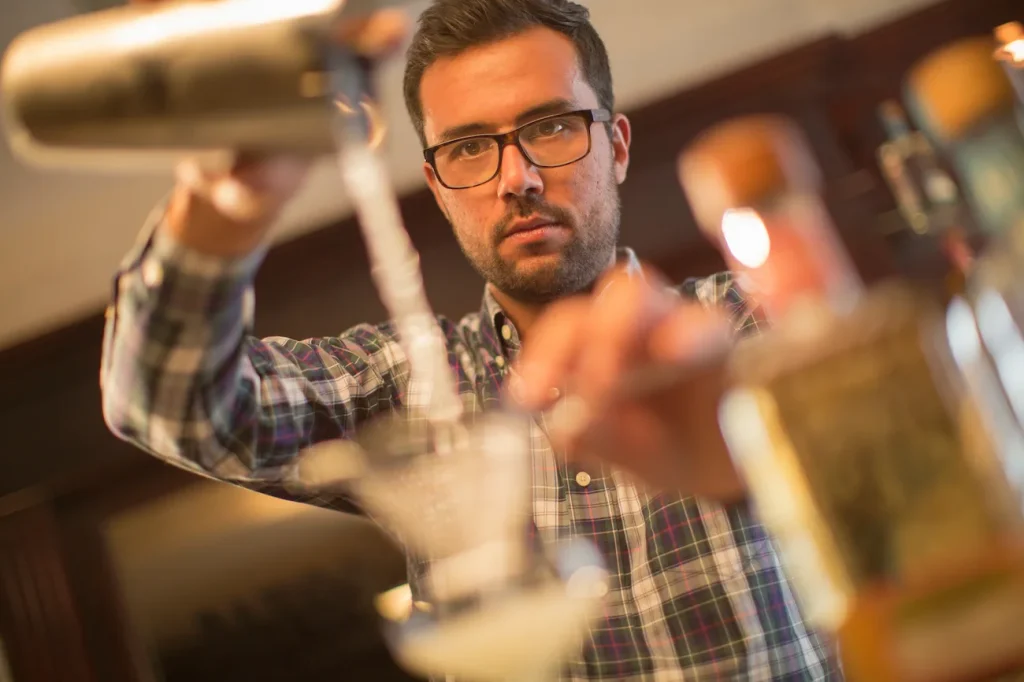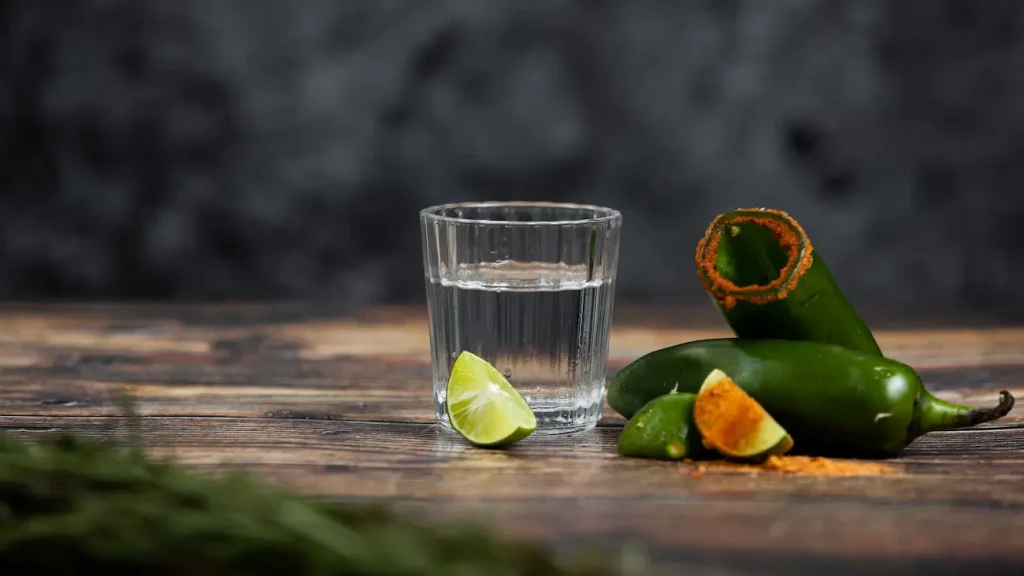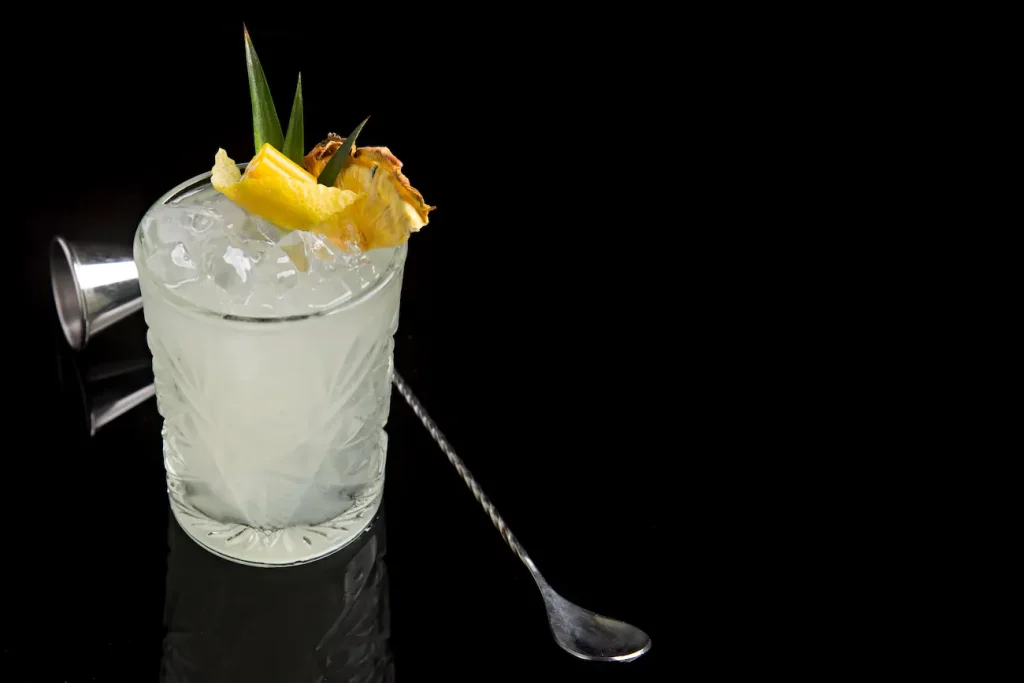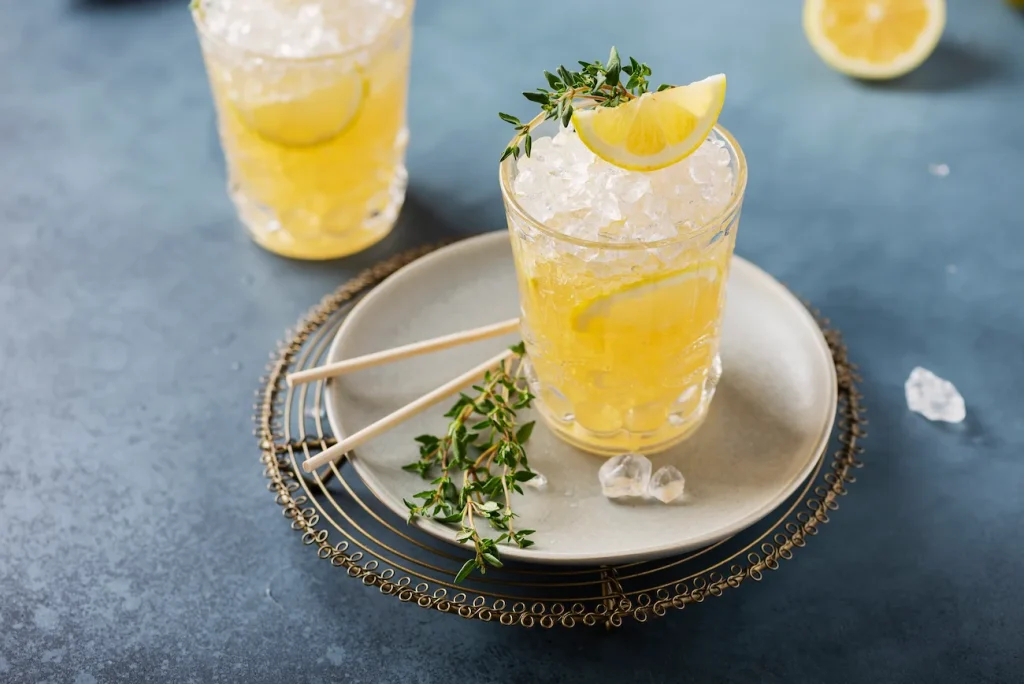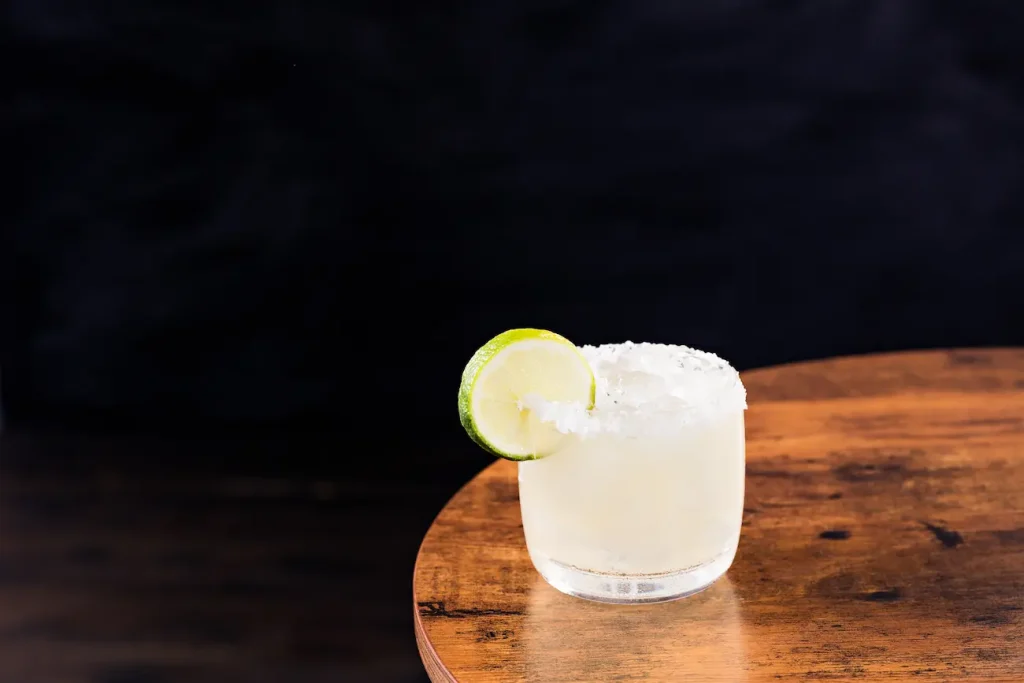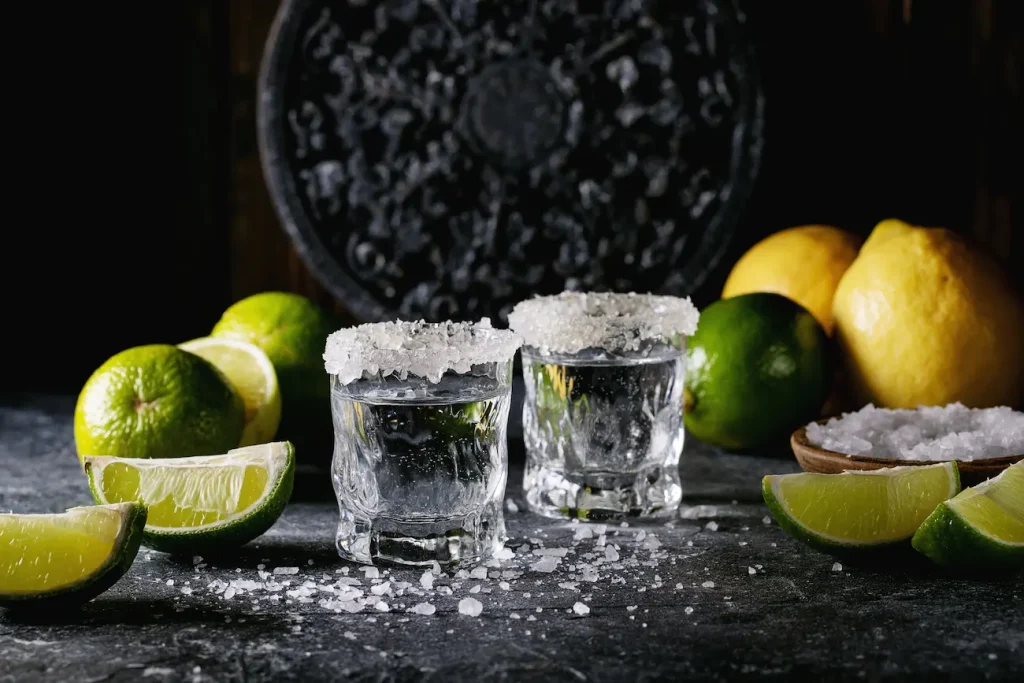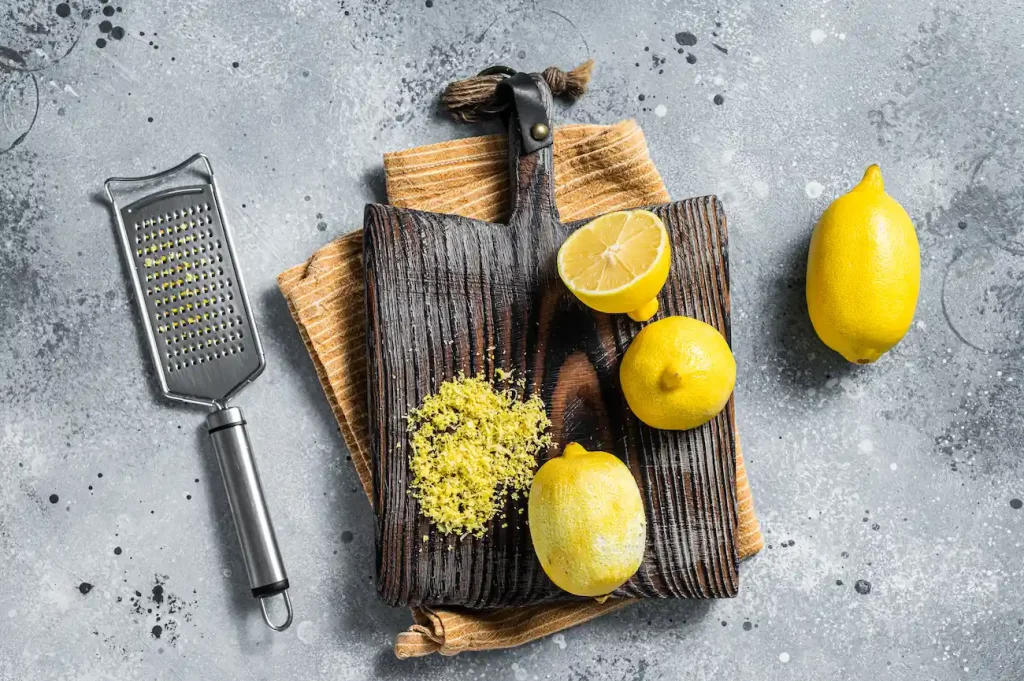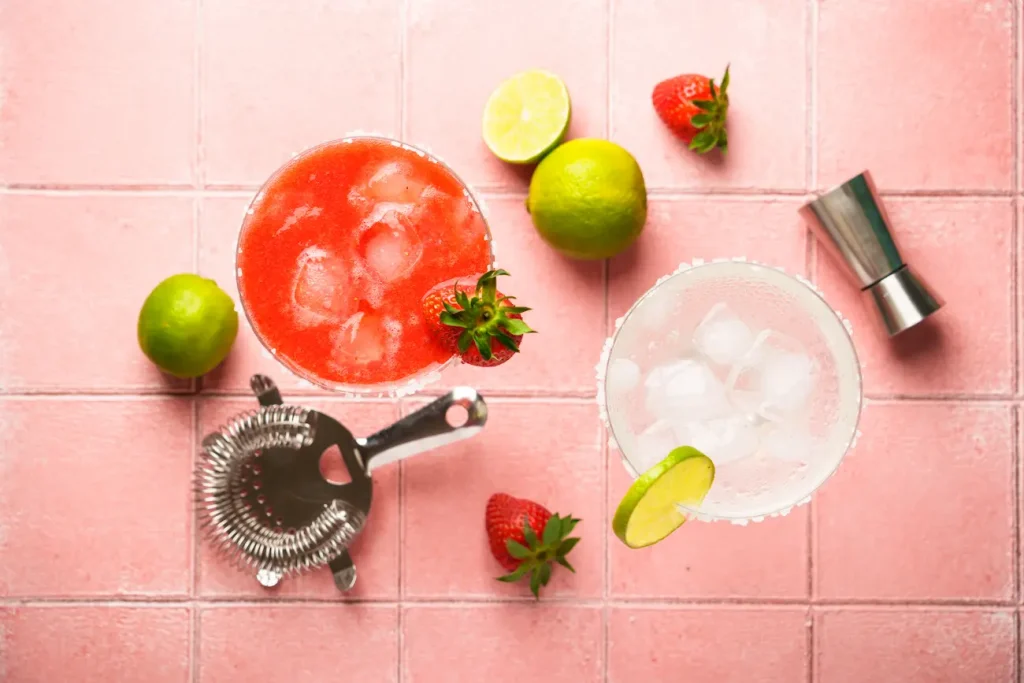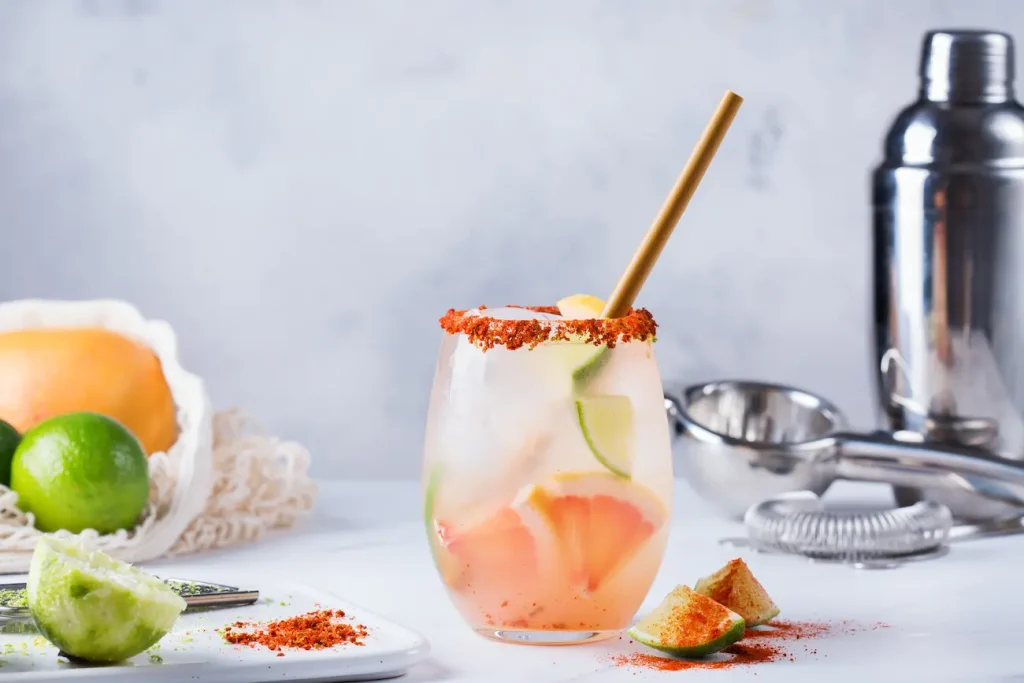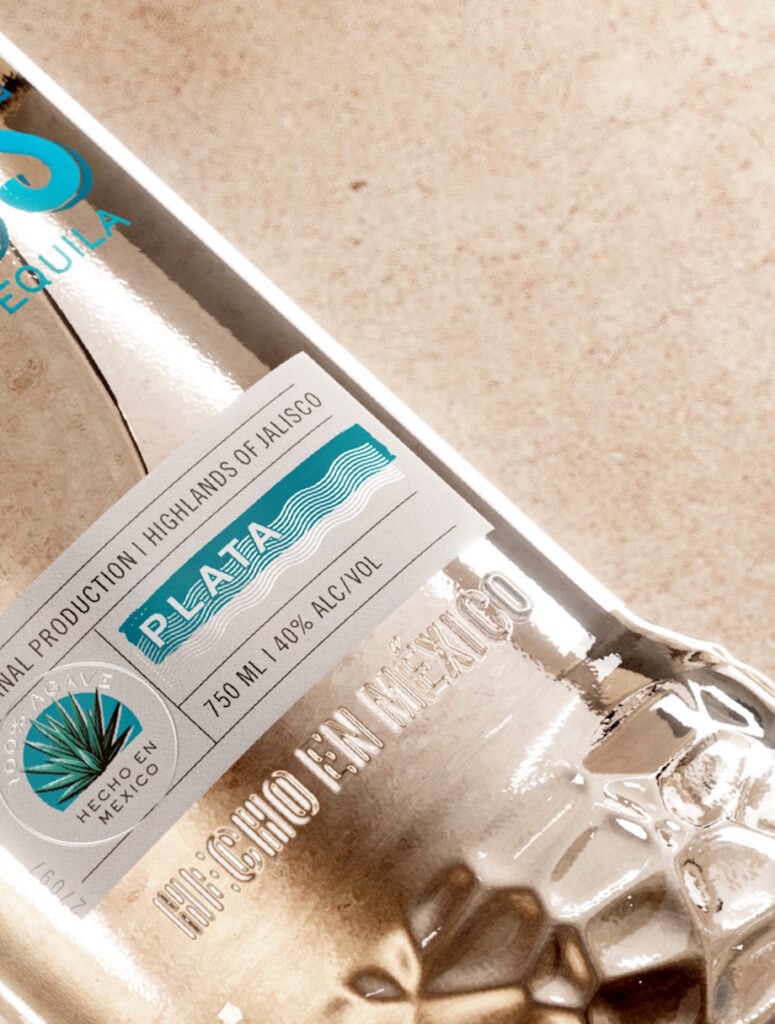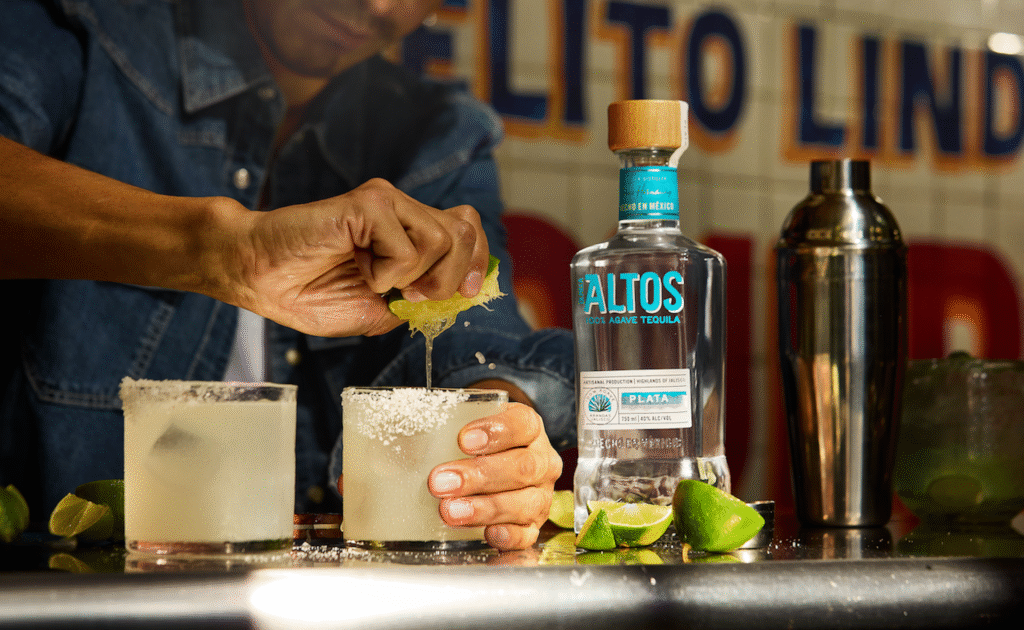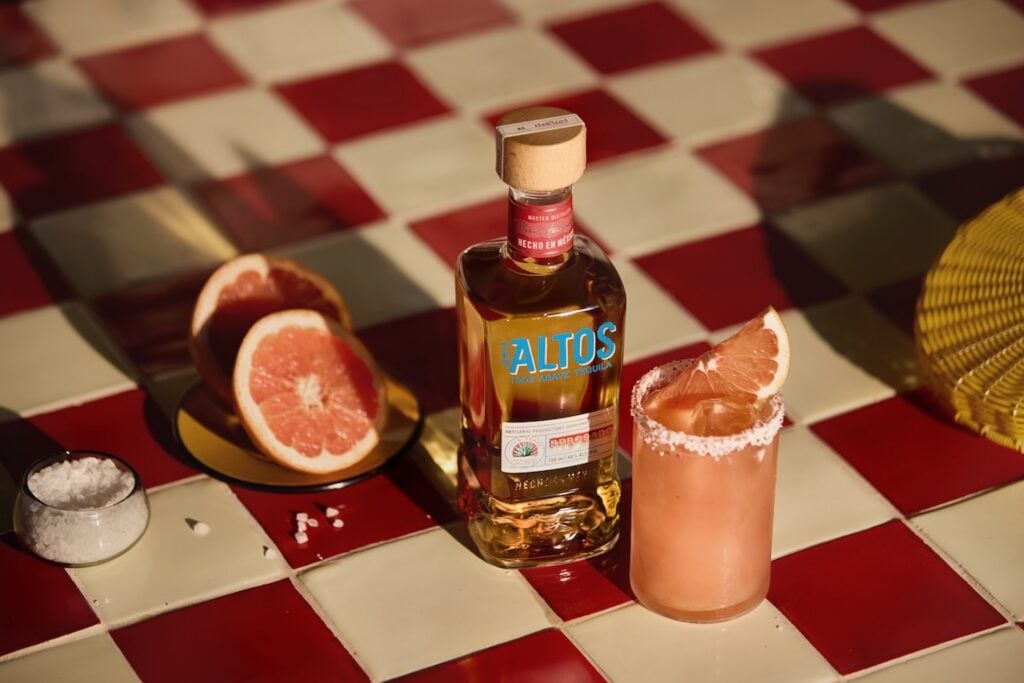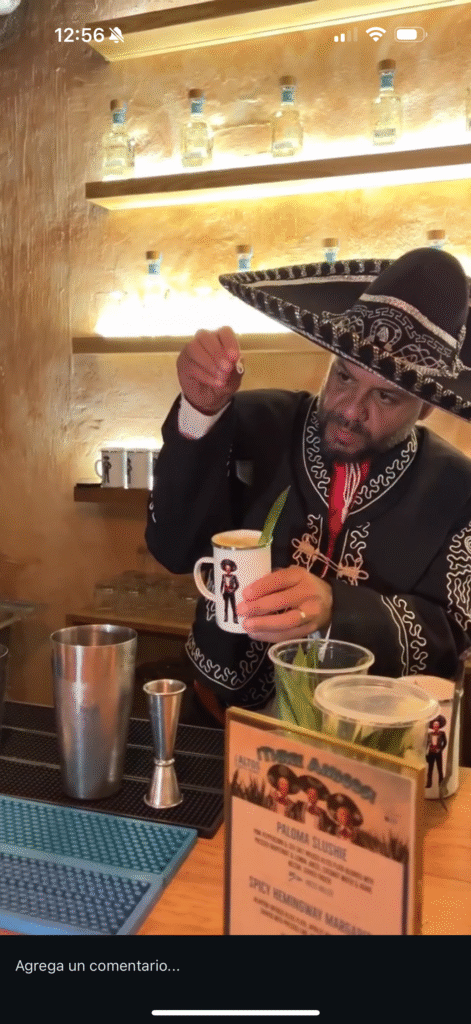Learning how to do a tequila tasting opens up a world of complex flavors, aromas and traditions that make this agave-based spirit truly special. Whether you’re planning it at home or organizing an experience for friends, knowing how to set up a tequila tasting properly will enhance your appreciation for this remarkable Mexican spirit.
From tequila sampling basics to hosting virtual tequila sessions, this comprehensive guide will help you master the art of tequila appreciation.
Selecting the right tequilas
The foundation of any successful tequila tasting lies in choosing the right selection of spirits. For a comprehensive tasting experience, include representatives from each main category: Blanco tequila (silver), Reposado tequila (aged 2-12 months) and Añejo tequila (aged 1-3 years). This variety allows participants to understand how aging affects flavor profiles and complexity.
When selecting tequilas for your tasting, aim for 100% agave spirits like the Olmeca Altos family to ensure authentic flavors. Start with lighter expressions and progress to more complex aged varieties. This progression helps develop the palate gradually and prevents overwhelming the senses with intense flavors too early.
For beginners, limit your tequila samples to three or four expressions. This prevents palate fatigue while allowing enough variety to showcase tequila’s diversity. More experienced tasters can handle five to six different tequilas in a single session.
Essential supplies and tips for tequila tasting
Proper equipment enhances your tequila experience significantly. Use tulip-shaped or wine glasses instead of shot glasses, as they concentrate aromas and allow for proper swirling. Each participant should have one glass per tequila, or at minimum, clean glasses and palate cleansers between tastings.
Room temperature water is essential for cleansing the palate between samples. Provide unsalted crackers or plain bread to neutralize strong flavors. Avoid citrus or salt, as these can interfere with the natural tequila flavors you’re trying to appreciate. It’s important to pace your tasting session appropriately: allow 10-15 minutes between different expressions to prevent palate fatigue.
Keep a notebook and pen handy for recording impressions. Many tasters enjoy documenting color, aroma, taste, and finish characteristics. This practice helps develop your palate memory and creates a personal reference for future tastings.
You should record not just what you taste, but also what you enjoy or dislike. These personal preferences help guide future purchasing decisions and develop individual palate profiles. Understanding how to set up a tequila tasting with proper documentation enhances the overall learning experience.
Temperature control significantly impacts tequila tasting results. Serve tequilas at room temperature rather than chilled, as cold temperatures mute aromas and flavors. If tequilas have been refrigerated, allow them to warm up before tasting.
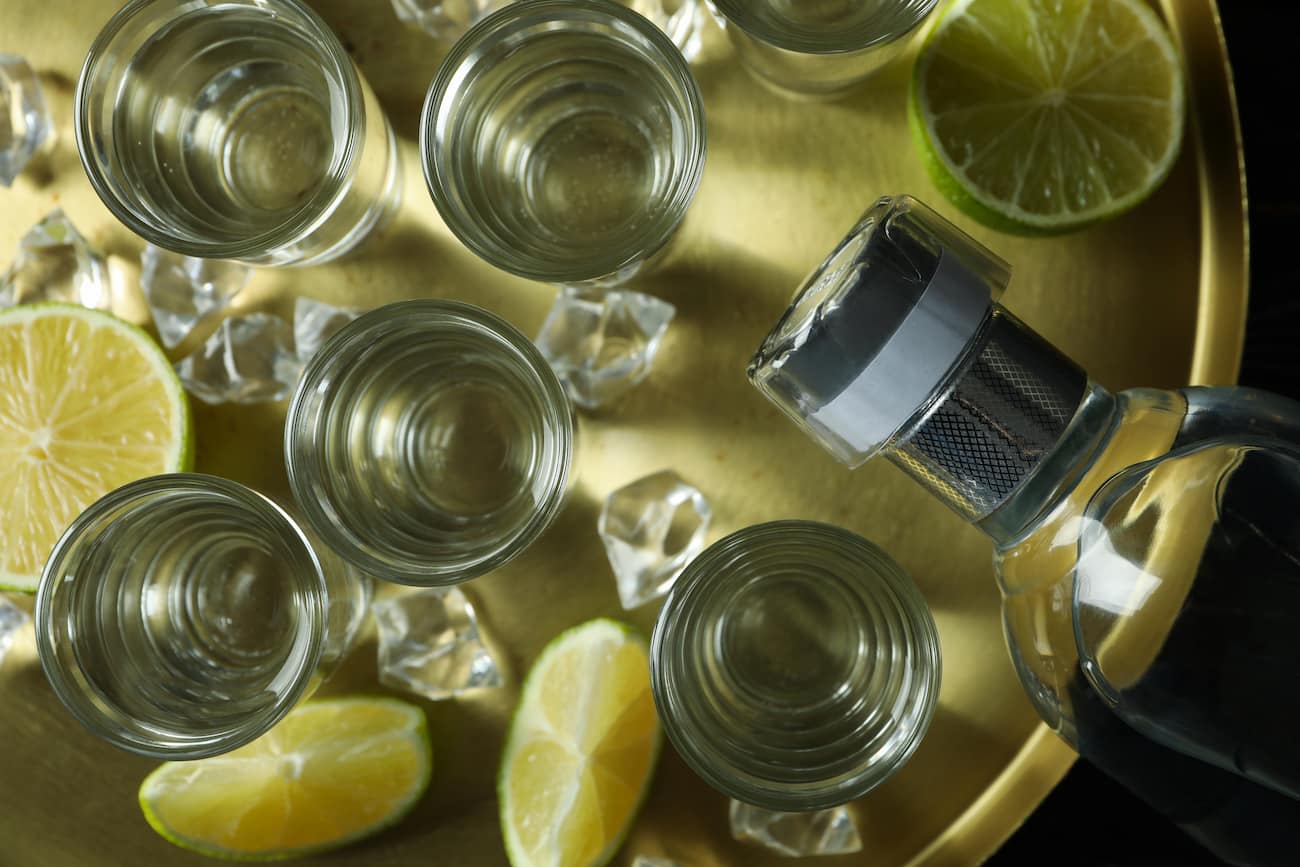
Step-by-step tequila tasting process
Now that you have your tequilas selected and supplies ready, it’s time to dive into the actual tasting process. Following a structured approach ensures you capture all the nuances each expression offers while developing your palate systematically.
Preparing the palate
Begin your session by ensuring participants haven’t consumed strong flavors, coffee or alcohol for at least an hour beforehand. Start with a sip of room temperature water to cleanse the palate. Avoid brushing teeth immediately before tasting, as toothpaste can interfere with taste perception.
Create a neutral environment free from strong scents like candles, perfumes, or cooking odors. These distractions can mask or alter the subtle aromas that make tequila sampling so rewarding.
Observing the tequila
Pour approximately one ounce of tequila into each glass. Hold the glass against a white background to examine the color and clarity. Blanco tequilas should appear crystal clear, while Reposado expressions show light golden hues, and Añejo tequilas display deeper amber tones.
Swirl the tequila gently and observe how it moves in the glass. Quality tequilas often display “legs” or “tears” that flow slowly down the glass sides, indicating body and alcohol content.
Sniffing the aroma
Bring the glass to your nose without swirling first. Take a gentle sniff to capture the initial aroma impression. Then swirl the tequila to release additional volatile compounds and inhale more deeply.
Quality tequilas reveal layers of aroma: agave sweetness, citrus notes, vanilla from oak aging, spices, and sometimes floral or herbal characteristics. Take your time identifying these different scent components, as aroma contributes significantly to overall flavor perception.
Sipping and tasting
Take a small sip and let the tequila coat your entire mouth. Don’t swallow immediately – hold it for a few seconds to allow all taste receptors to engage. Notice the initial flavors, mid-palate development, and finish characteristics.
Pay attention to texture and mouthfeel alongside flavor. Some tequilas feel silky and smooth, while others might have more weight or slight heat. The finish, how long flavors linger after swallowing, indicates quality and complexity.
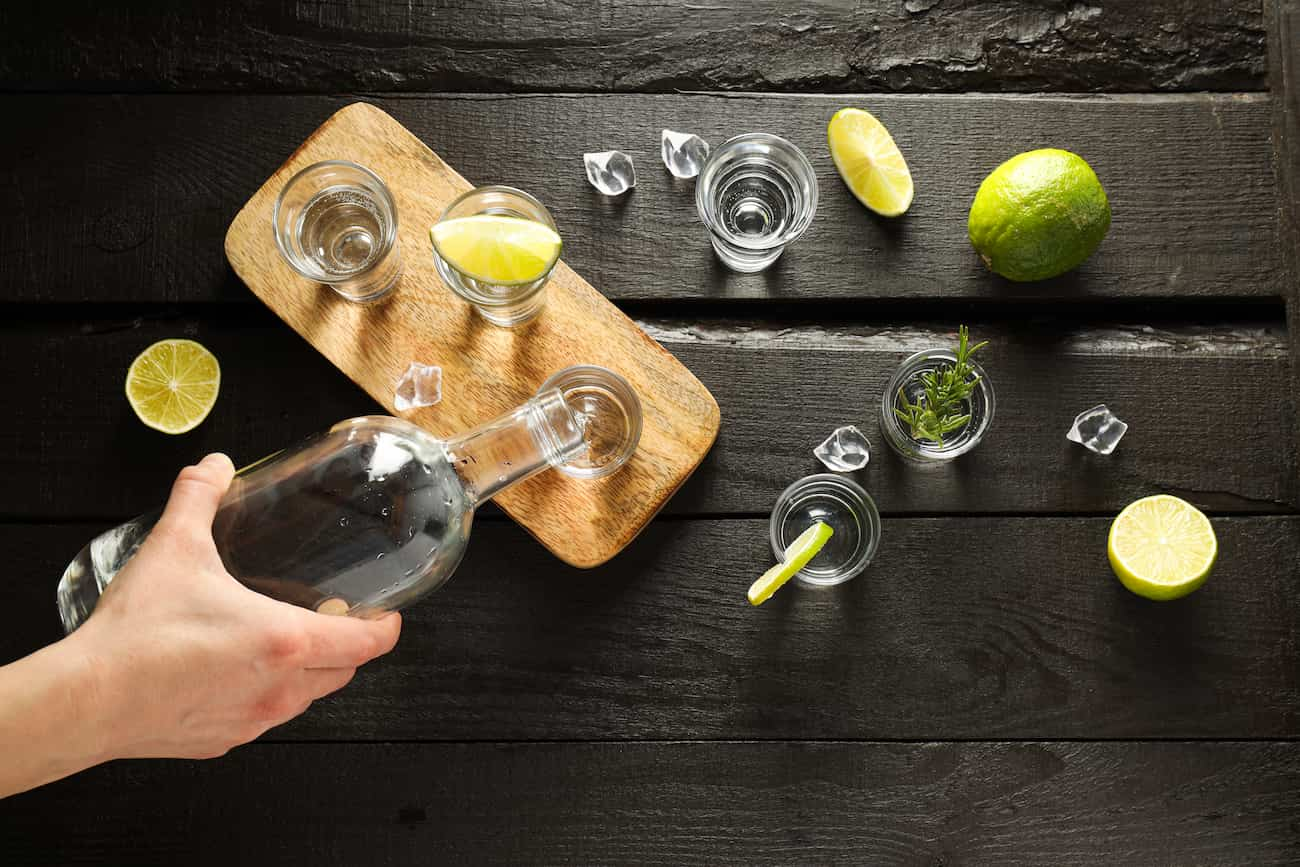
Hosting virtual tequila tasting parties
Virtual tequila tasting events have become increasingly popular, allowing friends and family to share tequila experiences from different locations. When planning online tequila sessions, ship tequila samples to participants in advance, ensuring everyone has identical expressions to taste.
Provide detailed tasting notes and guidance sheets ahead of time. Include information about each tequila’s production methods, aging, and expected flavor profiles. This background information enriches the tasting tequila experience even when participants aren’t physically together.
Use video conferencing platforms that allow screen sharing for presenting information about each expression. Create interactive elements like polls or games to keep participants engaged throughout the private tequila tasting session.
Enjoying tequila flights
Tequila flights offer an excellent introduction to tasting tequila for newcomers while providing focused comparisons for experienced enthusiasts. Arrange flights by aging category or by region to highlight specific characteristics. This variety allows participants to understand how aging affects flavor profiles and complexity.
Create themed flights based on production methods, such as comparing traditional tahona-crushed agave versus modern roller-mill processed tequilas. These focused comparisons help develop palate sophistication and understanding of how production influences final flavor.
Document your flight experiences to build a personal tequila reference library. Note which expressions you prefer and why, creating a foundation for future tequila exploration and purchases.
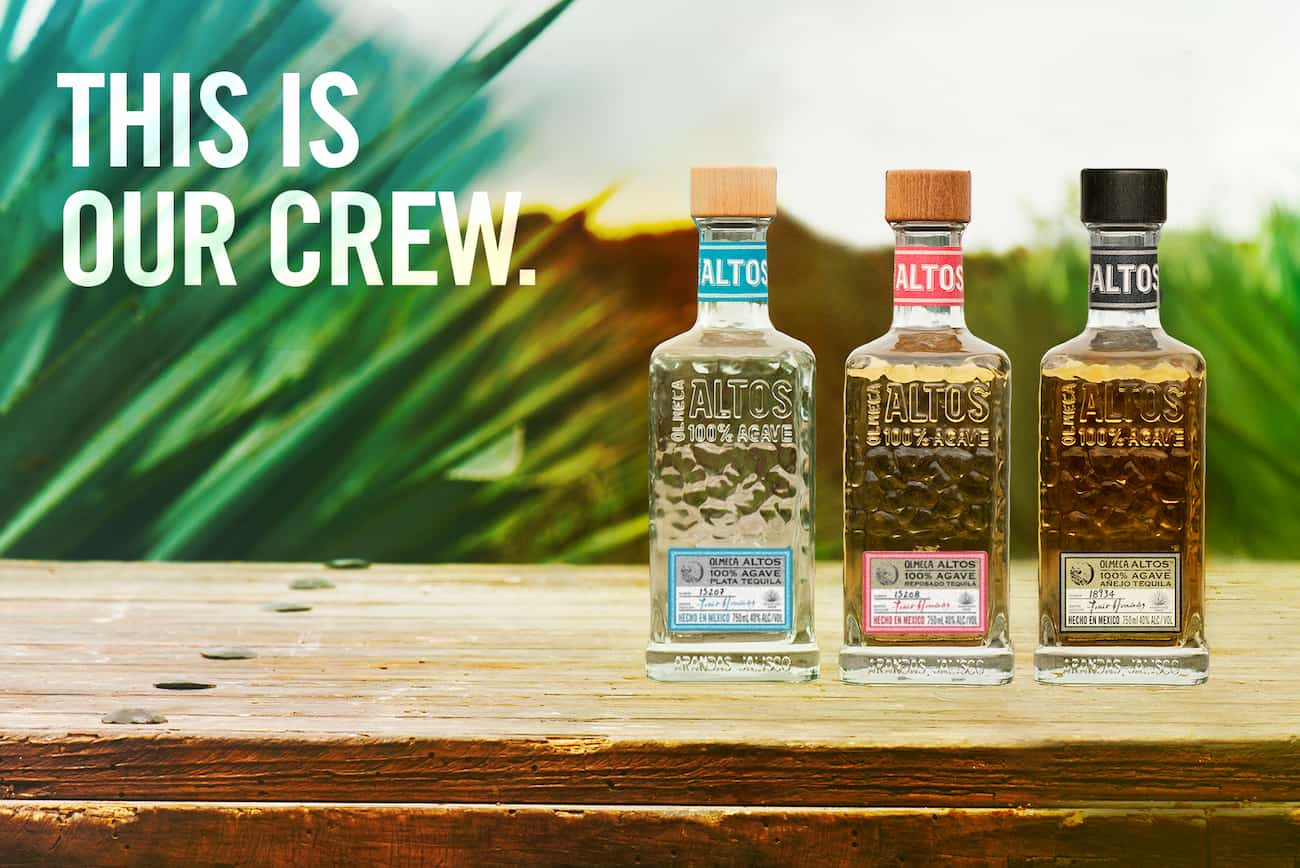
Olmeca Altos, the best tequila for your tasting
When organizing your tequila tasting experience, Olmeca Altos Plata tequila provides an excellent starting point with its clean, crisp agave character. This expression showcases the pure essence of blue agave without oak influence, making it perfect for understanding tequila’s fundamental flavors.
After mastering tequila tasting fundamentals, explore how these expressions work in cocktails with our best cocktail recipes. Understanding tequila through tasting enhances your appreciation for both neat sipping and mixology applications.
Whether you’re planning an at home experience, learning how to do a tequila tasting, or simply wanting to develop your palate, following proper tasting techniques will deepen your appreciation for this remarkable spirit and help you discover your personal preferences within the diverse world of premium tequila.


